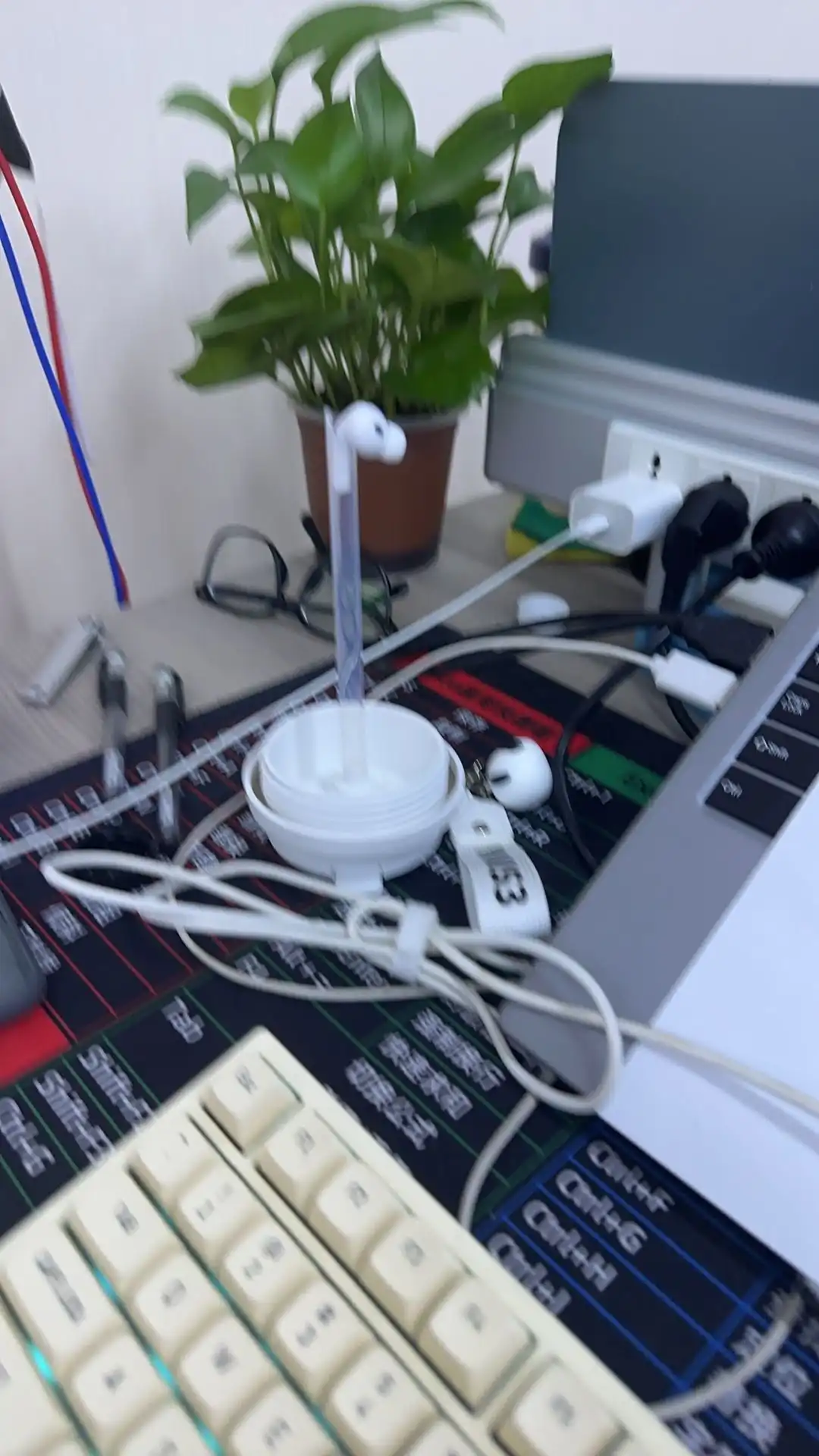
Oct . 09, 2024 11:06 Back to list
heavy duty galvanised wire mesh
Heavy Duty Galvanised Wire Mesh Strength and Versatility
Heavy duty galvanised wire mesh is a versatile and robust material widely used across various industries for a multitude of applications. Its excellent strength-to-weight ratio, combined with resistance to corrosion and mechanical wear, makes it an ideal choice for both agricultural and industrial uses. In this article, we will explore the characteristics, manufacturing process, and applications of heavy duty galvanised wire mesh, demonstrating why it is a favored option for many.
Characteristics of Heavy Duty Galvanised Wire Mesh
Heavy duty galvanised wire mesh is composed of high tensile wire that is coated with zinc to prevent rust and corrosion. The galvanisation process involves either hot-dipping or electroplating, both of which provide a durable protective layer that extends the lifespan of the wire, particularly in outdoor or harsh environments. The mesh is available in various sizes, wire gauges, and configurations, allowing it to be tailored to specific needs.
One of its key advantages is its mechanical strength. Heavy duty wire mesh can withstand significant pressure and impact, making it ideal for protective barriers, fencing, and structural applications. Additionally, the mesh's rigidity helps maintain its shape even under stress, which is crucial for projects requiring stability and durability.
Manufacturing Process
The manufacturing of heavy duty galvanised wire mesh begins with the production of high-quality wire. This wire is fed into a machine that weaves it into a grid pattern, creating the mesh structure. Following this, the woven mesh is subjected to galvanisation. In the hot-dip galvanisation process, the wire is coated with molten zinc, which forms a thick, protective layer that adheres to the wire surface. The electroplating process, while less common for heavy-duty applications, uses an electrical current to deposit zinc onto the wire. After galvanisation, the mesh is cut to size and may undergo additional treatments to enhance its properties further.
heavy duty galvanised wire mesh

Applications
The heavy duty galvanised wire mesh is utilized in various sectors due to its unique properties. In construction, it is often used as reinforcement in concrete, providing added strength and stability. It also serves as a protective barrier in fencing applications, safeguarding properties and livestock from intruders and predators.
In agriculture, this type of wire mesh is commonly used for creating animal enclosures, poultry cages, and fencing around crops. Its ability to withstand the elements without corroding makes it an ideal choice for outdoor agricultural applications.
Additionally, heavy duty galvanised wire mesh finds its way into the manufacturing industry, where it is used for sorting, separating, and conveying materials. Its strength ensures that it can handle heavy loads without deformation, making it a reliable component in various machinery and transportation systems.
Conclusion
Heavy duty galvanised wire mesh is an essential material that combines strength, durability, and versatility, making it suitable for a wide range of applications. Its resistance to corrosion ensures that it can withstand challenging environments, while its mechanical properties guarantee lasting performance. Whether in construction, agriculture, or manufacturing, heavy duty galvanised wire mesh continues to prove its value, supporting projects that require reliable and robust solutions. As industries evolve, this material will undoubtedly remain a staple due to its adaptability and performance efficiency.
-
Why a Chain Link Fence is the Right Choice
NewsJul.09,2025
-
Upgrade Your Fencing with High-Quality Coated Chicken Wire
NewsJul.09,2025
-
The Power of Fence Post Spikes
NewsJul.09,2025
-
The Best Pet Enclosures for Every Need
NewsJul.09,2025
-
Secure Your Property with Premium Barbed Wire Solutions
NewsJul.09,2025
-
Enhance Your Construction Projects with Quality Gabion Boxes
NewsJul.09,2025
Products categories











